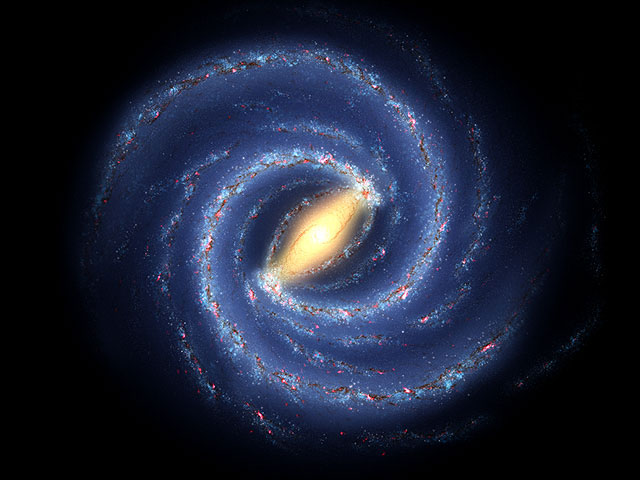NASA uses telescopes to
The US space agency (NASA) on July 24 launched the latest X-ray technology telescope to "clean up" the galaxy.
The telescope named NuStar was pushed into orbit to begin the mission of two years of searching for black holes, remnants of exploding stars, and other strange objects that were hard to detect. NuStar enters orbit with a rocket launched from a transport plane, taking off from a remote Pacific island between Hawaii and Australia.

Galaxy
When reaching the 563km (350 mile) orbit on Earth, NuStar will separate from launchers as planned and spread solar panels. The telescope's nuclear spectral energy can see through layers of gas and dust to detect foreign objects.
For invisible black holes, NuStar will focus X-rays to brighten the surrounding areas of the black hole and easily handle it. Scientists will also use X-ray telescopes in the quest for the ancient supernovae that exploded in the last century.
The cost of starting the X-ray NuStar telescope is much cheaper but can be highly effective in the quest to explore the sky.
Previously, NASA had to cancel a project to observe other X-ray celestial bodies because the cost was too expensive.
Under the original plan, the project, called GEMS, will be launched in 2014 and fulfill the mission of discovering celestial bodies, black holes, and constellations of Neuton in two years with three telescopes, but due to the cost. so expensive, NASA had to cancel even though the design was completed.
- NASA built WFIRST wide-angle telescopes, hunting life out of Earth
- New advances in solar monitoring
- NASA makes micro-telescopes with carbon
- Successfully try the device
- This is what NASA will use to hunt aliens
- NASA hides technology on telescopes looking backwards
- Water on the Moon can affect telescopes
- Anti-glare for telescopes to find life beyond Earth
- Super telescopes detect hundreds of mysterious galaxies
- Radio telescopes can be recycled from satellite dishes
- Telescope to heaven to find out
- NASA discovers 'demon eyes' looking at the earth
 Van Allen's belt and evidence that the Apollo 11 mission to the Moon was myth
Van Allen's belt and evidence that the Apollo 11 mission to the Moon was myth The levels of civilization in the universe (Kardashev scale)
The levels of civilization in the universe (Kardashev scale) Today Mars, the sun and the Earth are aligned
Today Mars, the sun and the Earth are aligned The Amazon owner announced a secret plan to build a space base for thousands of people
The Amazon owner announced a secret plan to build a space base for thousands of people Bolivian space scientists are trained in China
Bolivian space scientists are trained in China  Ruins of the early universe
Ruins of the early universe  Vietnam satellite hits the space station
Vietnam satellite hits the space station  Detecting the 'copy' of the solar system
Detecting the 'copy' of the solar system  Huge 'vampire' in the universe
Huge 'vampire' in the universe  NASA's new generation spacecraft rocket launcher
NASA's new generation spacecraft rocket launcher 